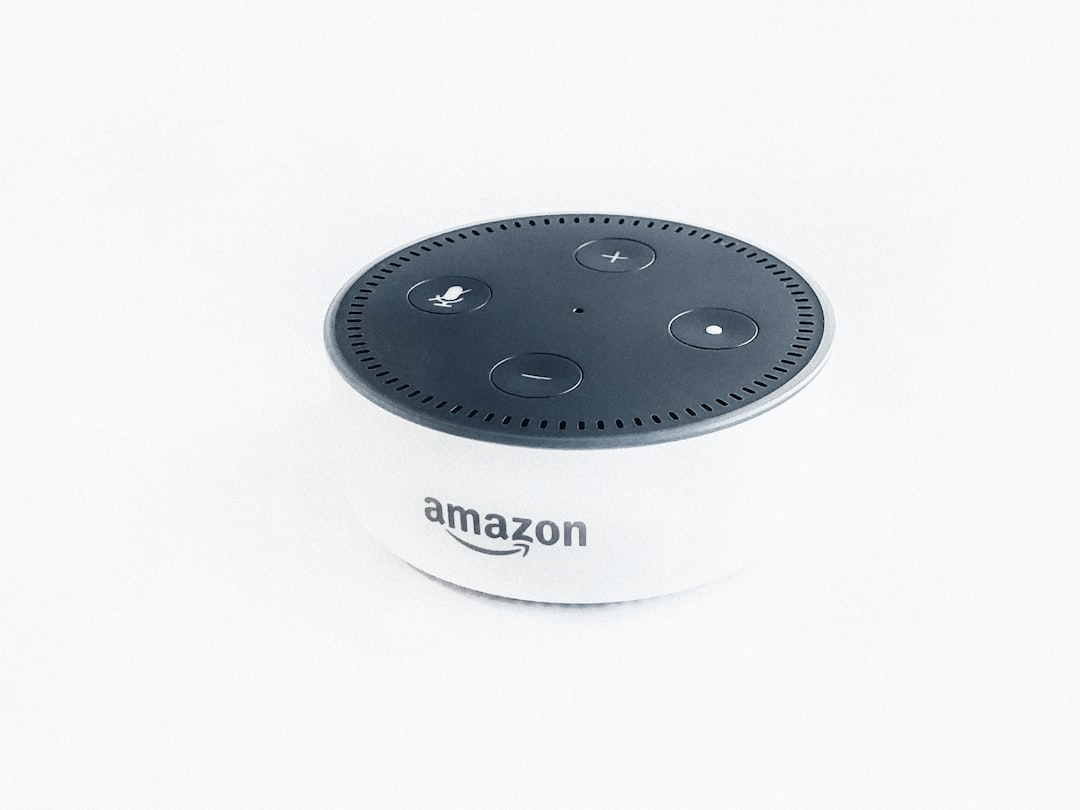With millions of active listings and a competitive marketplace, selling on Amazon requires more than just having a great product. To rise above the noise, sellers must use sophisticated keyword strategies tailored to both Amazon SEO (Search Engine Optimization) and Amazon PPC (Pay-Per-Click advertising). While these two approaches share the goal of increasing visibility, they function very differently. Understanding how to optimize for each can significantly impact your success on the platform.
Understanding the Basics: Amazon SEO vs Amazon PPC
Amazon SEO focuses on organic rankings within Amazon’s A9 search algorithm. It’s about making your product listings as relevant and authoritative as possible so that they rank higher in unpaid search results.
Amazon PPC, by contrast, involves paying to have your products appear in search results, product pages, or other areas on Amazon. This is a more immediate way to drive traffic, but it requires ongoing investment and strategic bidding.
To truly get the most out of both, sellers need to approach each channel with distinct, yet complementary keyword strategies.
Advanced Keyword Strategies for Amazon SEO
Amazon SEO prioritizes relevance and usability. The more relevant your listing appears to matched search terms, the better it will rank organically. Here are some advanced strategies specifically for SEO:
- Backend Search Terms Optimization: Use the backend search term fields to include alternative spellings, local spellings (e.g., “colour” vs “color”), plural forms, and related phrases that don’t fit naturally into the customer-facing listing.
- Semantically Related Keywords: Go beyond primary keywords. Use tools like Helium 10 or Keyword Tool to find and include semantically related terms that Amazon recognizes as relevant.
- Long-Tail Keyword Insertion: Incorporate long-tail keywords naturally into bullet points and product descriptions. These have lower competition and capture high-intent shoppers.
- Utilize A/B Testing: Regularly test different titles and bullet point formulations to see which versions improve organic ranking or conversions.

Advanced Keyword Strategies for Amazon PPC
PPC campaigns require different thinking. With advertising, it’s not just about getting visibility—it’s about ensuring that paid clicks convert and ultimately generate a return on ad spend (ROAS). Here’s how to level up your keyword targeting in Amazon PPC:
- Segment Keyword Match Types: Use Broad match for discovery, Phrase to group intent, and Exact to drill down to precise converting terms. Structuring campaigns this way gives you more control over performance data.
- Leverage Negative Keywords: Continually analyze your search term reports to identify irrelevant terms and add them to your negative keyword list to prevent wasted spend.
- Target Competitor ASINs: With Sponsored Products and Sponsored Display ads, add specific competitor ASINs as targets to appear on their product pages.
- Use Dynamic Bidding: Enable Amazon’s dynamic bidding options to automatically adjust bids based on the likelihood of conversion.

Combining SEO and PPC for Maximum Impact
To achieve optimal visibility and conversions, successful Amazon sellers integrate their SEO and PPC keyword planning. Here’s how:
- Use PPC Data to Refine SEO: Search term reports from your ads provide real-time data on which keywords drive clicks and sales. Incorporate high-performing phrases into your listing content to boost organic rankings.
- SEO Enhances PPC Efficiency: A well-optimized product detail page boosts conversion rates, lowering your Cost-Per-Click (CPC) in PPC campaigns. Better conversion = better Quality Score.
- Create a Keyword Funnel: Begin with PPC to test a wide range of keywords, then integrate the top-performers into your organic SEO strategy.
No matter the strategy, it’s important to treat Amazon as a unique search engine—and one that rewards relevancy, performance, and optimization in equal measure. Remember that Amazon’s algorithm integrates both organic and paid performance signals into its ranking considerations.
Tools of the Trade
Advanced strategies require equally robust toolsets. Here are a few essential platforms that support high-level keyword analysis and performance tracking:
- Helium 10: Ideal for keyword research, listing optimization, and tracking organic ranking changes.
- Jungle Scout: Great for competitor analysis and assessing keyword demand.
- Amazon Advertising Console: A must for managing and analyzing PPC campaigns effectively.
- Sellics or DataHawk: For comprehensive performance analytics across both SEO and PPC efforts.

Final Thoughts
Amazon SEO and PPC are both critical channels in a successful seller’s strategy, but they play very different roles. Where SEO nurtures long-term organic visibility, PPC serves as a powerful driver of immediate traffic and insights. When approached with advanced strategies tailored to each, and when used together as complementary tools, they empower sellers to dominate their niche and maximize profitability on the world’s largest online marketplace.











